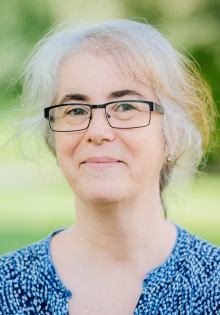Advanced Surface and Interface Spectroscopy
This group is dedicated to the in-situ and/or operando characterization of surfaces and interfaces using mostly photoelectron spectroscopy and infrared spectroscopy.
A strong component of what we do is dedicated to understanding basic effects, even when (or perhaps, most interestingly when) the inmediate application is not evident. For example, currently one of our main interests lies in the understanding of basic effects related to the technique of ambient pressure photoelectron spectroscopy (check our latest publications on the topic here and here). We have also spent quite some time digging into the different possibilities to extract information from FTIR measurements. For example, we have been proudly working on the IR characterization of SiO2 thin films since quite some time now. And we are not yet tired of it (check here for our review on the topic).
Finally, in collaboration with others, we are constantly exploring the applicability of our techniques to diverse areas of interest such as catalysis, gas sensing, and so on.
If you are curious to see how we combine the different experimental setups according to the current open questions and projects, have a look at our publication list, check the boxes below, and feel free to contact us.
Note for students: If you are interested to know more about these topics, be aware that we cover the basics (and advanced) aspects of these techniques in different lectures. For example, in German, in the Chemie Master (L.032.46220. Spektroskopische Methoden in der Material- und Grenzflächenchemie) and in English in the Materials Science Master (L.032.44460. Fundamentals and Applications of Surface and Interface Spectroscopy) programs of Paderborn University.




